In the rapidly evolving landscape of technology, where digital interactions have become an integral part of our lives, the need for inclusive design has taken center stage. This is especially pertinent in the context of digital identity verification, a process critical to financial services, gaming, insurance, and beyond.
Accordingly, the fusion of user centricity and compliance with the Americans with Disabilities Act (ADA) and the Web Content Accessibility Guidelines (WCAG) has emerged as a powerful strategy to ensure not only accessibility, but also enhanced experiences for individuals with disabilities.
The fundamentals of putting the user first
User-centric design revolves around the simple yet profound notion of creating products and experiences that revolve around users’ diverse needs, preferences, and behaviors. It involves empathizing with users, understanding their pain points, and tailoring solutions correspondingly. When combined with accessibility, this approach to design and development transforms into a force that ensures digital platforms are not only functional, but user-friendly for individuals with diverse abilities.
Key tools in this process include the use of user personas, which help in visualizing the target audience, and user journey mapping, which charts the path users take while interacting with a digital system. These methodologies synergize beautifully in the domain of digital ID verification, where ease of use and efficiency are paramount.
Getting input from the outside
Testing the product with real users is another critical aspect of the process. Doing so allows designers and developers to gather feedback, identify potential barriers or challenges, and make necessary improvements. By involving users with disabilities in the testing process, IDV providers can gain valuable insights and ensure that their product meets the specific requirements of their broader customer base.
Furthermore, engaging with accessibility experts or consultants who specialize in inclusive design and accessibility is key. The expertise of these parties provides valuable guidance throughout the product development process. These experts bring insights that allow IDV companies to proactively address potential user barriers and ensure that their products meet the highest accessibility standards.
It’s the law: ADA and WCAG compliance
The ADA and the WCAG are not merely legal requirements; they represent a commitment to an inclusive digital society. A quick overview of both: the ADA is a US federal law that aims for people with disabilities to have equal access to services and public spaces, extending into the digital realm. The WCAG is a set of standards prescribed by the World Wide Web Consortium (W3C). It offers a comprehensive framework based on three levels (A, AA, and AAA) with four core principles—Perceivable, Operable, Understandable, and Robust (POUR)—that guide the creation of accessible digital content.
In the realm of digital ID verification, these guidelines play a transformative role. They ensure that verification processes are perceivable by all, operable as much as allowed by physical limitations, understandable by users of varying cognitive abilities, and robust enough to accommodate technological advancements.
Synergy at the intersection
The true magic happens at the convergence of user-centric design and ADA/WCAG compliance. Designing with accessibility in mind inherently aligns with user-centric principles, as both ideologies prioritize the end user’s experience. When developing AI-powered verification tools, it’s imperative to integrate ADA/WCAG considerations from the very beginning. Incorporating alt text for images, providing keyboard navigation options, and ensuring a coherent content structure are just a few ways to achieve this integration.
The final element is implementing a process of continuous iteration and improvement for accessibility. IDV product developers must regularly review and update their products to address any accessibility issues that arise. Monitoring accessibility metrics, continuing to seek user feedback, and staying informed about evolving accessibility best practices allows IDV companies to always be enhancing the accessibility of their products over time.
An inclusive future for AI-powered IDV
In an era of transformative technologies, the choice to adopt an inclusive approach is not just an ethical imperative but a strategic advantage. As governments and the private sector continue on the journey of AI-powered digital ID verification, they must bear in mind that true success lies in serving all users equitably.
By embracing the intersection of user-centric design and ADA/WCAG compliance, a future where digital identity verification is both efficient and accessible comes into sharper focus. It’s a future that contributes to a more inclusive and seamless digital landscape, reflecting the ideals of a society that leaves no one behind.
About the post:
Images are generative AI-created. Prompt: a lit up suspension bridge spanning a wide river at night done as an oil painting. Tool: DALL-E.
About the author:
Terry Brenner is the Head of Legal, Risk, and Compliance for IDVerse’s North American operations. He oversees the company’s foray into this new market, heeding to the sensitivities around data protection, biometrics, and privacy. With over two decades of legal experience, Brenner has served in a variety of roles across a diverse range of sectors.


